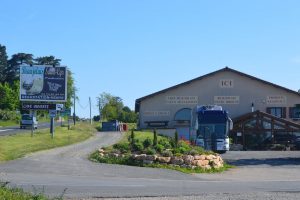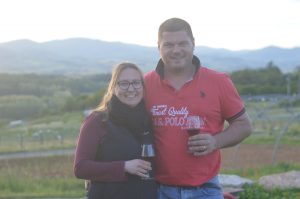Raphael Saint-Cyr and The Spirit of the Beaujolais
The Saint-Cyr vineyards of Beaujolais
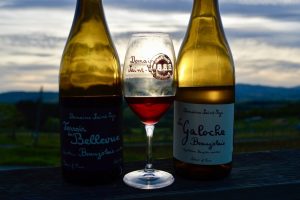
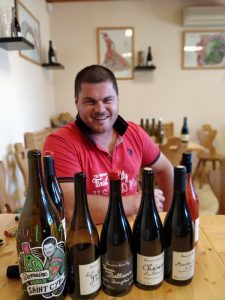
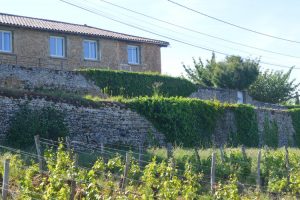
After tasting and spending time with the other producers in the Beaujolais, including Jean-Louis Dutraive, Yann Bertrand, and Paul-Henri Thillardon, Raphael has gradually changed his vinification from destemming and long ageing to whole cluster carbonic and shorter élevage in tank and used barrels. This is most evident in the new “black label” cuvées, Terroir de Bellevue and Chénas Les Journets. After we suggested offhand that he should try making a pet nat rosé, Raphael knocked it out of the park in 2017, then again in 2018, and the bubbly Pet Nat Saint Cyr has become a calling card of the domaine.
Throughout the evolution of winemaking over the past few years, it’s been even more exciting to watch Raphael evolve as a winemaker. He’s clearly more confident and wholly part of the group, producing wines that are head-to-head as delicious and inspiring as anything from the top producers of the region. What’s more, Raphael seems to embody the spirit of the Beaujolais in both his wines and his person: generous, joyful, and always ready for a party.




